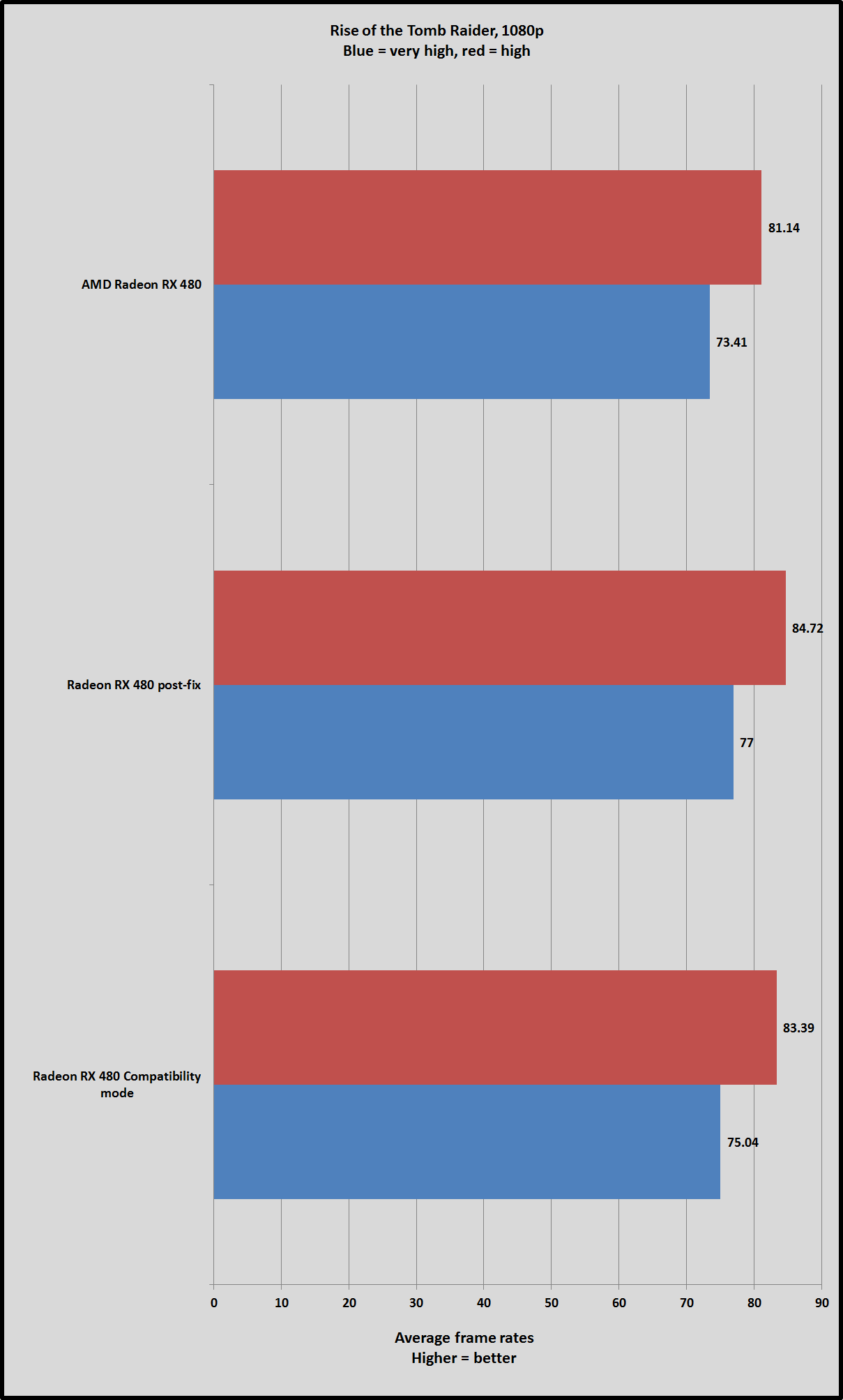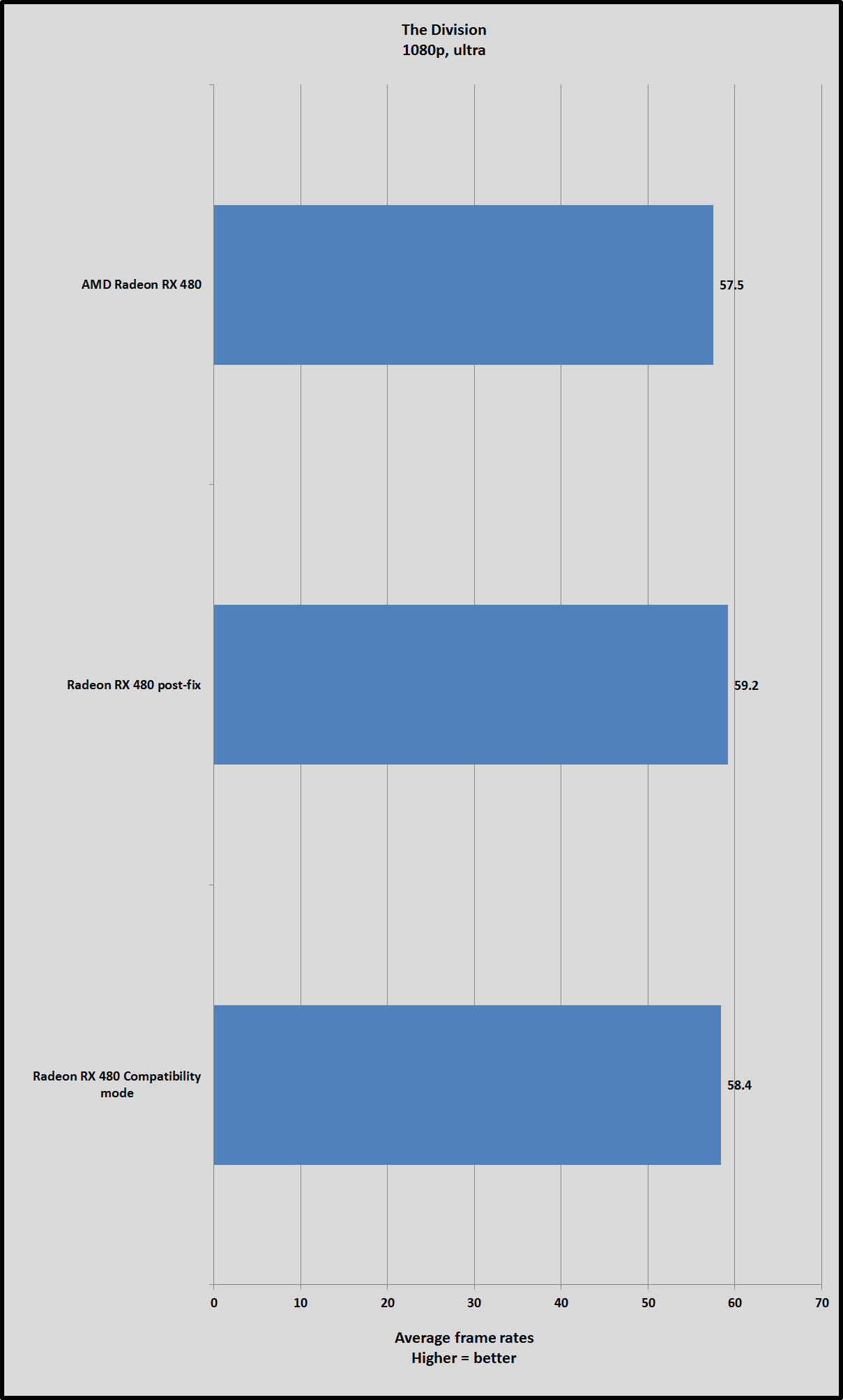No, it's not.
The 75W rating for 6-pin and 150W rating for the 8-pin are not
true ratings.
The six-pin connector uses two +12 V wires to carry up to 75 W, whereas the eight-pin connector uses three +12 V wires to carry up to 150 W. Although these figures are what the specifications allow,
the wires and terminals of each connector are technically capable of handling much more power. Each pin in the PCI Express auxiliary power connectors is rated to handle up to 8 amps of current using standard terminalsmore if using HCS or Plus HCS terminals. By counting the number of terminals, you can calculate the power-handling capability of the connector.
If you actually looked up the detailed specs for 6-pin graphics connector, you'd see that most modern PSUs made in the last 10 years can provide 192-288W of power for it:
http://www.tomshardware.co.uk/power-supply-specifications-atx-reference,review-32338-12.html
My R9 295X2 has been mining for a long time now and it draws way more power than its 375W rating suggests (75W PCIe + 150Wx 2 for each 8-pin). The 75W 6-pin and 150W 8-pin "paper" spec maximum are misleading and incorrect. What's more, modern PSUs that provide the 6-pin connector are usually made from a 6+2 split (i.e., an 8-pin cable) to allow for compatibility. That means the
actual cable which is being used to provide power to the RX480 is rated to withstand
at least 288W. (Using Std. Terminals (W))
In conclusion, unless you are buying a $10-20 PSU, there should be no issues.
Because there is a group of users on these forums that have 0 experience with mining or running 900W-1000W GPUs on a 1000W Platinum PSU. They have no real world experience running mining rigs for years to know what load a modern mobo and PSU can actually handle. A 1000W EVGA or Corsair or SeaSonic PSU should be able to handle 5 or even 6 RX 480s mining @ 100% load 24/7 without a sweat (assuming it has enough PCIe cables/connectors).
Also, the older generation of PC gamers created so
many myths that have stayed around. For instance, how a "GPU degrades over time", which we know is absolutely false. The amount of electro-migration is so immaterial that by the time a GPU fails from natural causes due to "being warn out", it'll be surpassed by a $50 GPU.
https://www.youtube.com/watch?v=iZUshOSWQRo
The reason some CPUs cannot hold their overclocks after 5-7 years long-term is because people have been running them overvolted beyond spec, which exponentially accelerated electromigration. Of course we also have the blower myth. Another myth from the old days is that you shouldn't run your PSU loaded by more than 75-80% of its max load or it'll "die a premature death." Fact of the matter is high quality PSUs are actually rated to run at 50C 24/7 max spec loaded. That's why there is warranty too. Most good PSUs now have 7-10 year warranties, mobos have 3 years.
Gigabyte RX 480 = 3 year warranty
Asus RX 480 = 3 year warranty
The fear mongering is out of control.
I had SeaSonic PCIe cables burn out
due to early batches failing to meet spec, and SeaSonic sent me all new PCIe and 24-pin cables for free within a week.
That's why one of the most important components in a high quality PC is the PSU. If you are building a $700+ PC and buying a $20-30 PSU for it, it's
your fault if things burn out.




